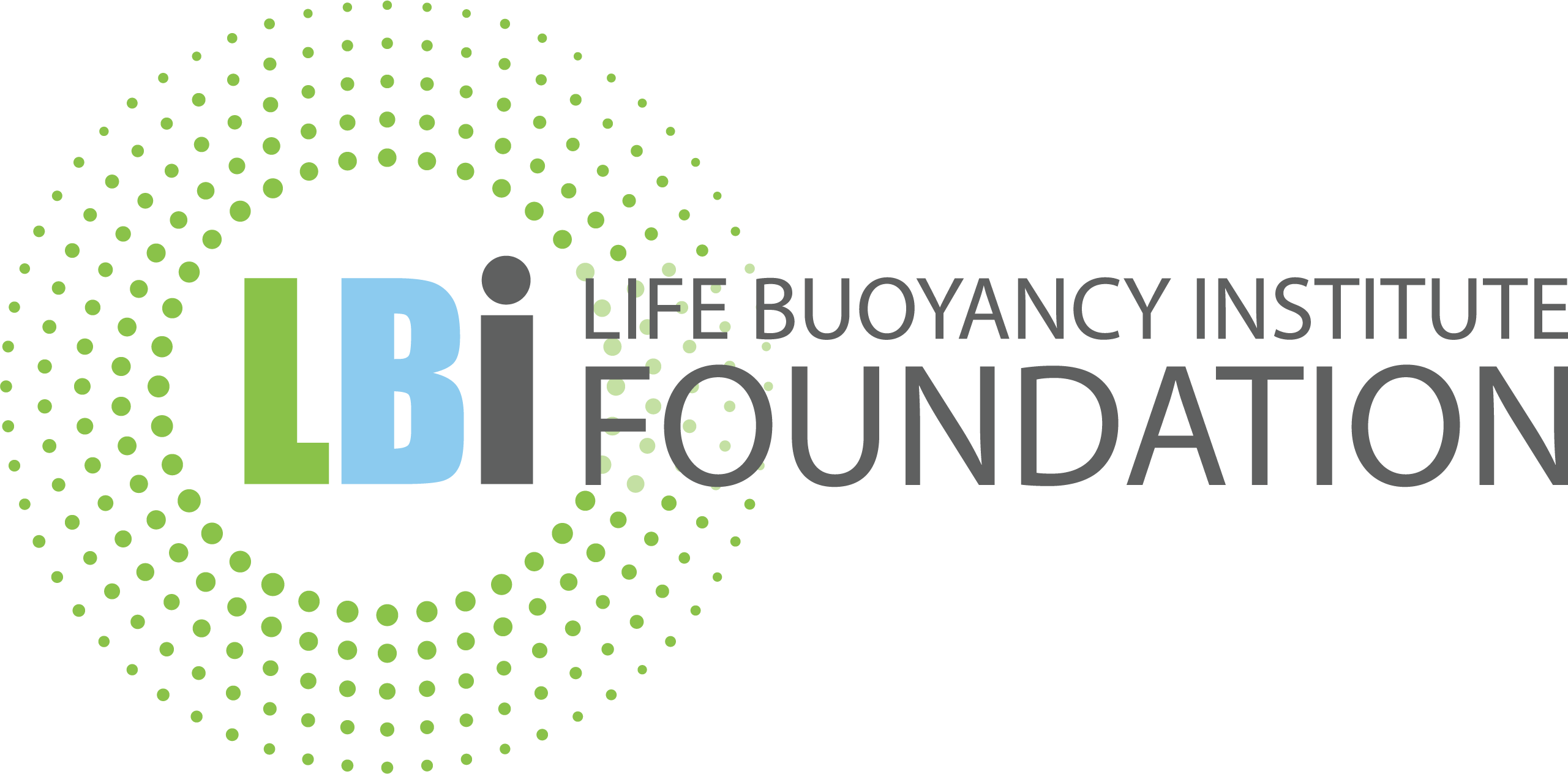We Embrace Complexity
In How Support and Care is Provided For Children in Residential Care
Child protection and residential care systems are complex. This is reflected in:
- The increasing complexity of need and challenging behaviours observed in children and young people.
- The collective struggle many caregivers, practitioners and care communities have in understanding the “why” behind child behaviours.
- The busy and crisis driven nature of child protection, where people and systems default to “behaviour management” or “risk management”, and may unintentionally overlook being growth focused in their care and support.
- A tendency for supporting adults and systems to “react to behaviour” rather than “respond to the needs of children” (including moment-to-moment support, case management and growth planning).
- The challenge in meeting individual children’s needs in group-based environments.
- How to personalise the science of wellbeing, trauma and growth to the specific needs and context of children, placement and care community.
- The feelings of disempowerment and invalidation experienced by many caregivers and care community members.
- Care teams not working cohesively together around shared intent, where the child’s needs and voice is at the centrepoint of planning and support.
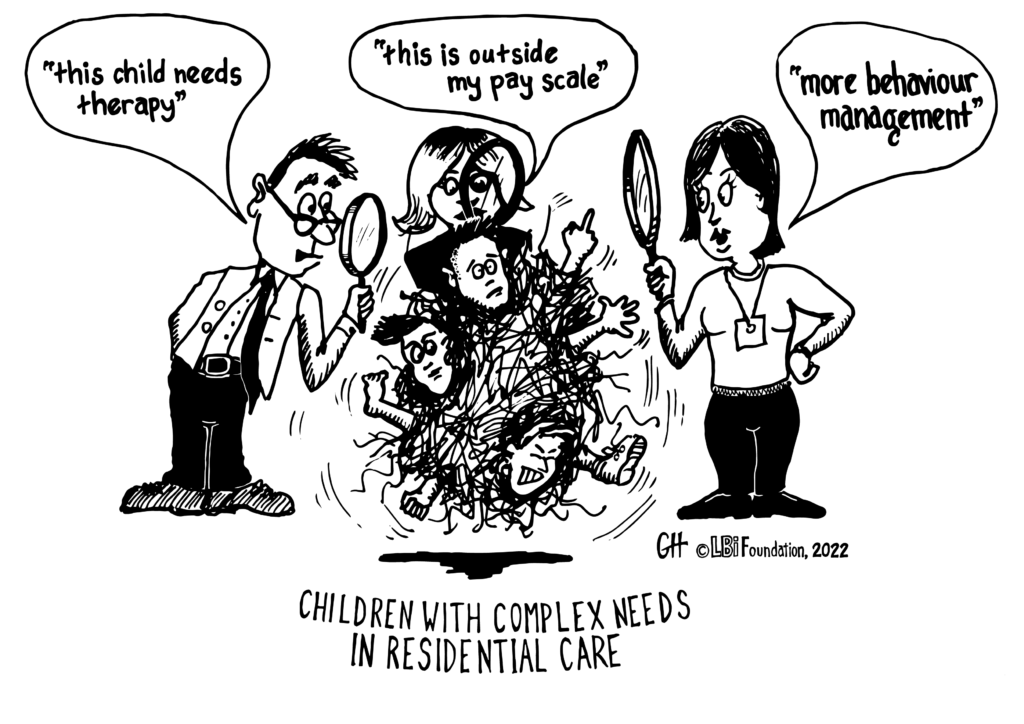
Our Intent
Building of Wellbeing and Trauma Responsive Care Communities
Where children, caregivers, practitioners and care community members thrive
Child healing and growth outcomes are maximised when residential care homes embrace complexity, and work together with shared intent. A wellbeing and trauma responsive care community is when caregivers, case managers, support workers and care community members:
- Have a detailed understanding of the science of wellbeing, trauma, growth and human development, as made practical for individual and collective children.
- Can intentionally respond (rather than react) to the individual growth, trauma, developmental and healing needs of children.
- Can intentionally scaffold a child’s growth, including the awareness, skills and mindsets associated with thriving outcomes.
- Are empowered to work side-by-side together with shared intent, and can co-construct shared wellbeing and growth solutions (or Growth Action Plans) with the child’s voice, context and needs at the centrepoint of planning.
Thriving outcomes are thereby activated for children, caregivers and care community members.
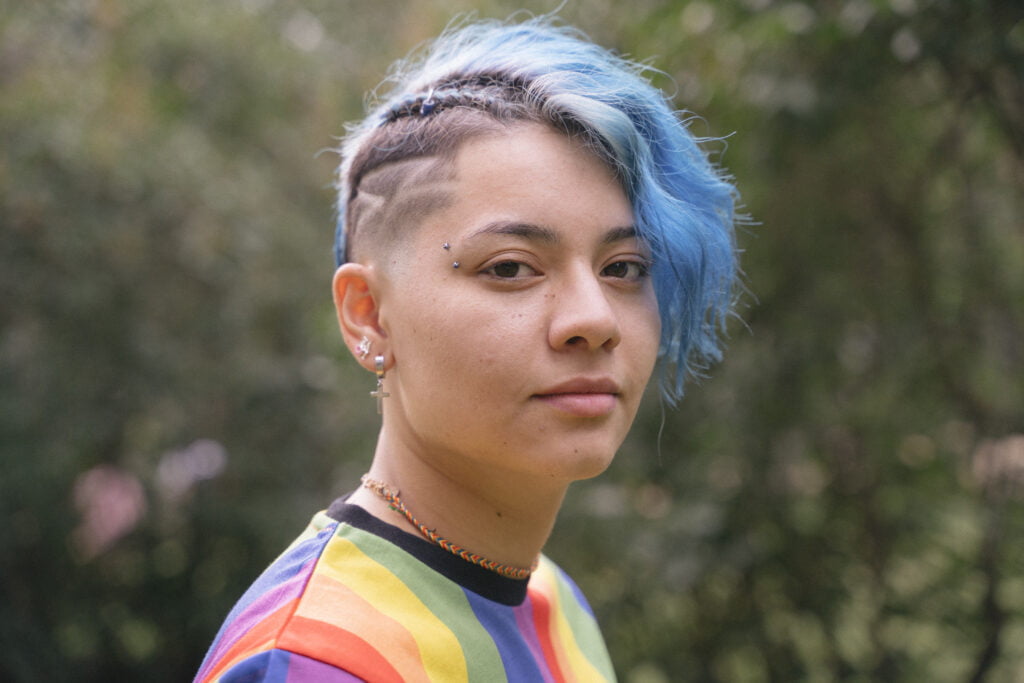
How Do We Do This?
Partners in Locally Led Capacity Building
- We seek to understand the unique context and needs of a partner community (e.g., home, residential care program, agency, department).
- We co-design a capacity building program that draws upon a suite of services from the IMPACT Program, including training, coaching, accreditation, resources and practical tools.
- This program is tailored to the specific needs and outcomes of the partner community, and is positioned to strengthen and not replace existing initiatives and therapeutic program components (e.g., Sanctuary Model, Therapeutic Crisis Intervention, Practice Principles).
- The program is informed and guided by a capacity building strategy (Care IMPACT), which is underpinned by the science and practice of intentional practice.
- The strategy is designed to build shared language, knowledge, skills and methods from the “system” (whole-of-community) to moment-to-moment support for a child.
Language
Knowledge
Skills
Methods
Community Partner Stories
Across Residential Care
Further Information
For further information please check out this video.
If you are interested in learning how we can support your residential care program or community, please contact Ivan Raymond on ivan.raymond@lbi.org.au.

